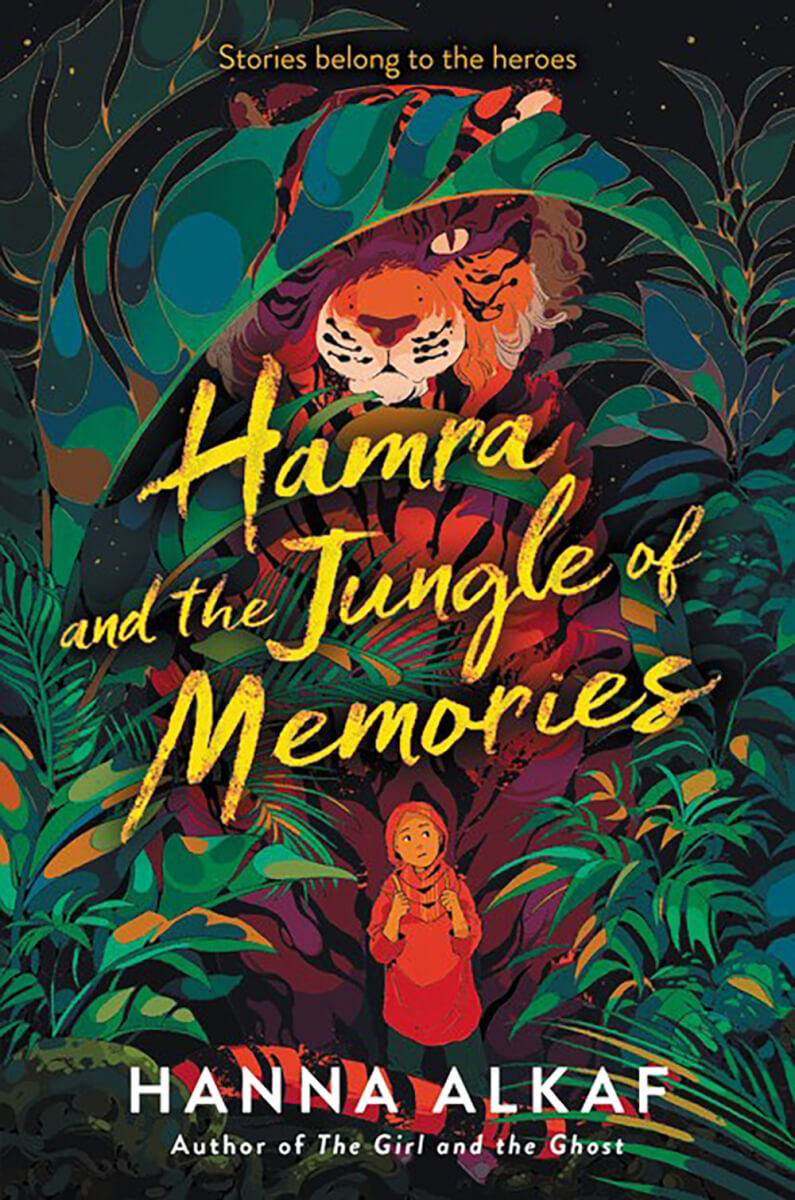Anya is about to become a Moth Keeper, a guardian tasked with protecting the Moon-Moths. According to the lore in Anya’s desert village, the moths were a gift from the Moon-Spirit, who wished to show her gratitude for the villagers’ choice to forswear daylight. Instead, they live their waking hours at night so the Moon-Spirit doesn’t have to be alone. Every year, the luminous Moon-Moths pollinate the Night-Flower tree, which the village relies on to thrive.
At first, Anya is convinced that caring for the moths will keep her “warm inside even on long, cold nights,” but the temptation of daylight chips away at her resolve. When the solitude and darkness become too much, Anya makes a decision with consequences that ripple across the desert and history itself. In The Moth Keeper, Eisner Award-winning graphic novelist K. O’Neill portrays how isolation can break even the strongest will, but a supportive community can mend all rifts.
O’Neill (The Tea Dragon Society, Aquicorn Cove) has established themself as a phenomenal graphic novel creator for middle grade audiences. Their work often explores themes of community and the natural world, and The Moth Keeper is no exception. In one scene, Anya’s friend Estell tells her about the essential role that the Night-Flower tree’s pollen plays in the desert: “That’s the magic of it—it’s part of the rhythm of nature. Everything is connected.”
In their signature style, O’Neill’s soft, gentle artwork invites readers into a fantasy world dominated by every shade of blue and yellow. O’Neill plays subtly with graphics conventions to great effect. By eliminating the gutter when folktales are being told, for instance, they convey the larger-than-life significance of the stories to the village’s culture. Similarly, double-page spreads of the vast, rolling desert landscape capture “the smallness one feels standing amid such scenery,” as O’Neill explains in an afterword.
O’Neill’s books have a singular quality that makes them difficult to compare to anyone else’s work, aside from their own. Although its world building isn’t quite as rich as in the Tea Dragon series and the character development not as deep as in Aquicorn Cove, The Moth Keeper is still a charming story that will delight O’Neill’s fans and new readers alike, drawing them in like Moon-Moths to a lantern.



























